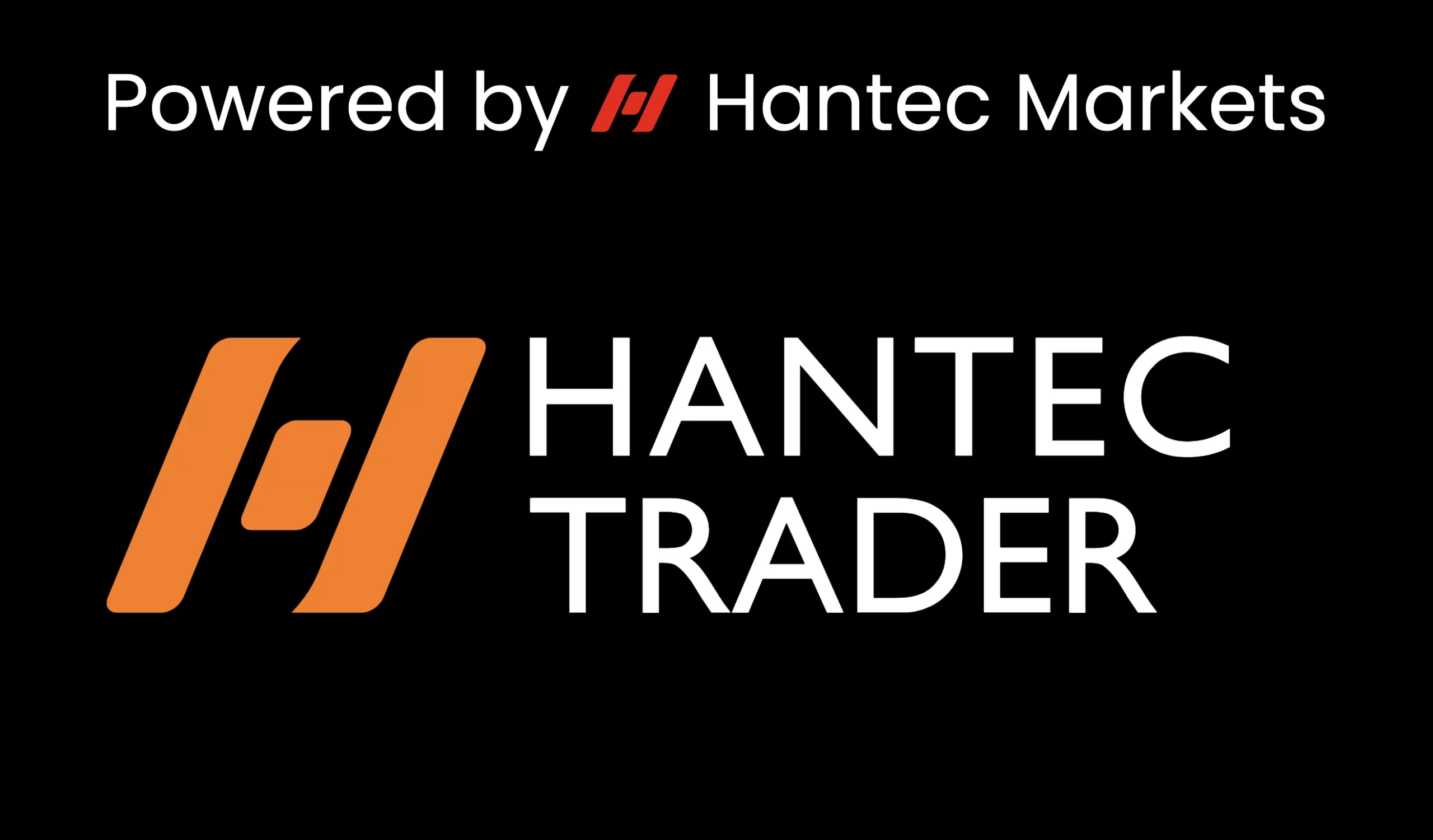
HTrader (Hantec Trader) Review — Programs, Rules, Payouts, Trustpilot Feedback & Hidden Details
Quick preview: HTrader is a proprietary trading product powered by Hantec Markets that offers staged evaluation challenges and instant funding accounts with simulated market-like execution. This long-form review covers company background, leadership, how the programs work, the explicit rules and lesser-known policies traders commonly encounter, what Trustpilot and community reviews say, payout practices, discount/offers mechanics, and a practical step-by-step checklist to protect your payouts and performance.
Summary — what to expect
HTrader is built as a modern prop product layered on top of Hantec Markets’ brokerage infrastructure. It offers both multi-stage evaluation challenges (often called the Enhanced Challenge family) and Instant Funding products that let traders start with virtual capital immediately. The platform emphasizes market-like simulated execution, flexible account sizes, and competitive reward splits, while the terms include rules designed to protect firm capital — daily drawdowns, total drawdowns, and certain trade-style restrictions.
Why read this: if you’re considering a funded account — and want to use discounts or promo offers — this article walks through everything to read and test before you pay: rules, hidden mechanics that trip traders, Trustpilot sentiment, payout practicalities, and a ready checklist so you can keep a clear paper trail.
What is HTrader?
HTrader (sometimes written Hantec Trader) is a funded-trader program that lets retail traders qualify for simulated funded accounts through evaluation challenges or begin trading immediately via Instant Funding. The experience is hosted on Hantec Markets’ servers, which means execution, pricing and server timestamps are driven by Hantec’s infrastructure rather than a typical retail platform. The product is designed to mimic real-market behavior while protecting the firm’s capital with rules and limits that successful traders learn to navigate.
Hantec Group & background
Hantec Markets is part of the Hantec Group, a long-running brokerage group with global operations and many years of experience in retail FX and CFD markets. The Hantec brand and its related entities are the operational base that powers HTrader; that parentage is important because it means the prop offering rests on a broker-level backend with compliance processes, liquidity relationships and production-grade trade servers.
(Institutional and historical context: a funded product that is backed by an established broker tends to have stronger operational scaffolding — server logs, compliance controls and support teams — than a small independent prop product.)
Leadership and company structure
HTrader is run as a product under the Hantec Markets umbrella; Hantec itself is organized as a group with regional management and a central executive team. Public-facing product pages focus more on program mechanics than on executive bios, but corporate pages list senior officers for the group. For traders, the key practical takeaway is this: teams with broker experience tend to keep more complete logs and standardized KYC / payout workflows — both of which reduce friction when you request a payout.
Programs: Enhanced Challenge, Instant Funding & add-ons
Enhanced Challenge — the staged pathway
The Enhanced Challenge (or EnhancedX family in promotional copy) is a multi-stage evaluation program. It usually splits qualification into phases — a first-stage with a clear profit target and risk limits, and a second-stage (or confirmatory stage) that verifies consistent performance. Typical attributes you’ll see advertised are market-like execution in a simulated environment, the option to choose different starting balances, and add-ons that can increase your reward split.
Instant Funding — start trading immediately
Instant Funding is the “skip the challenge” option: pay a fee and begin trading a funded-simulated account right away. Instant Funding often comes with its own rules and slightly different verification paths; for example, there are usually defined time windows around major economic events when trading is restricted, and add-ons that increase reward share if you pay extra.
Account sizes, reward splits & scaling
HTrader shows a range of starting balances so traders can pick a level that suits their strategy and bankroll. Reward (profit) splits and scaling options are prominent marketing points — the platform promotes attractive keep-rates to traders while giving the firm protections via drawdown and trading-style rules. Add-ons (which may be offered in promotions or via affiliates) change economics — they can increase your take-home percent or reduce the fee — but they do not typically change the challenge’s core rules.
Official rules you must know
Every funded program has a compact list of rules that actually determine whether you pass, fail or keep your payouts. For HTrader the categories to read carefully are:
- Profit target: The target you must reach (usually expressed as a percent of starting balance) while following the other rules.
- Maximum (total) drawdown: A hard limit on cumulative loss that fails the evaluation if breached.
- Daily drawdown limit: A cap on losses per trading day that often resets at a specific server time.
- Instrument rules & leverage: Certain instruments or leverage levels may be restricted or limited for specific account types.
- News/trading windows: Some products restrict trading in close proximity to high-impact news events to limit volatility exposure.
- Minimum trade durations / excluded profits: Some stock or CFD trades may require a minimum holding period or minimum per-trade profit to count toward targets.
Two practical rules-of-thumb: 1) always confirm whether profit targets require your account to be flat at the time of verification, and 2) note the time zone used for daily drawdown calculations — this is often server time and can differ from your local timezone.
Trustpilot & community reviews — what traders report
The platform maintains a visible review footprint among traders, with a mix of high-satisfaction reports and a smaller set of disputes. Positive reviewers emphasize reliable payouts, helpful support and a stable platform. Critical reviews typically describe disputes over rule interpretation or evidence requests — in those cases the company often asks for time-stamped trade logs and screenshots.
Practical reading tip: focus on patterns (how many users report payout problems vs. many who confirm smooth payouts) rather than single complaints. A steady pattern of resolved disputes with company replies is a positive sign of a functioning support process.
Payout process and timelines
Payouts commonly follow a simple set of steps: you pass or are approved for funding, you complete KYC and payout details, you request withdrawal and the firm processes and sends funds. The practical realities worth planning for:
- Complete KYC and banking details during onboarding so verification is not the blocking factor later.
- Capture and store proof of passing — approval emails and balance screenshots — to expedite any dispute.
- Be aware of minimum withdrawal thresholds or payout schedules that may apply to certain account types or add-ons.
Tip: when you request your first payout, attach screenshots and a clear reference to the funded-account approval; this speeds up AML and payment team checks.
Discounts, promo codes & offers — how to save on fees
Promotions and affiliate discounts are common in the prop-firm market and are a legitimate way to reduce the upfront evaluation or instant funding fee. Common rules for discounts:
- Discounts reduce the fee you pay — they rarely alter challenge rules or refund policy.
- Affiliate codes are often time-limited; save the promotional page and the checkout confirmation as proof.
- Compare the effective cost across plans after discounts: sometimes a higher-tier plan on offer can be better value than a cheaper plan at full price.
Best practice: screenshot the promo copy, the cart total at checkout, and any confirmation email so you can present evidence if a billing dispute occurs.
Legitimacy, regulation & safety checklist
Because HTrader sits on Hantec Markets’ infrastructure (a long-standing brokerage group) the product benefits from corporate operations and compliance processes. That institutional backing is a positive sign compared with a standalone new brand. Still, do this due diligence before you pay:
- Read the program T&Cs and challenge rules in full.
- Confirm the platform’s KYC and payout requirements.
- Check community feedback for payout and dispute patterns.
- Start with a small balance to test the payout process before scaling up aggressively.
SEO & keyword tips for publishing this post
Use the primary focus keyword HTrader review in your H1, meta title and meta description. Secondary keywords to sprinkle naturally across headings and body copy include Hantec Trader, Enhanced Challenge, Instant Funding, discount, offers, payouts, Trustpilot reviews, and profit split. Use the table of contents and internal anchor links to boost dwell time and user navigation.
Practical checklist — what to do before you buy or trade
- Read the exact rule PDF for the program you choose — do not rely on a summary.
- Complete KYC and set up your payout method before you begin trading.
- Log every trade with timestamps and platform screenshots or a trade copier/logging tool.
- If you plan to trade around news or use correlated instruments, request written confirmation from support ahead of time.
- Use discounts or promo codes but keep screenshots of the offer and the checkout confirmation.
- Start with a smaller account size to test execution and payout flow before scaling up.
Conclusion — deciding if HTrader is right for you
HTrader combines the advantages of broker-backed infrastructure with modern prop mechanics: multiple program choices, market-like simulated execution, and flexible add-ons. For disciplined traders who keep excellent logs, follow rules carefully and complete KYC up front, HTrader can be an efficient path to funded trading. The main caveats are the usual ones in this space: read the T&Cs closely, watch for hidden trade exclusions and news windows, and document everything if you plan to rely on the platform for consistent payouts.
If you want a version of this post without visible verification links (citations moved into the page source only), say “hide citations” and I’ll generate that variant for you.



